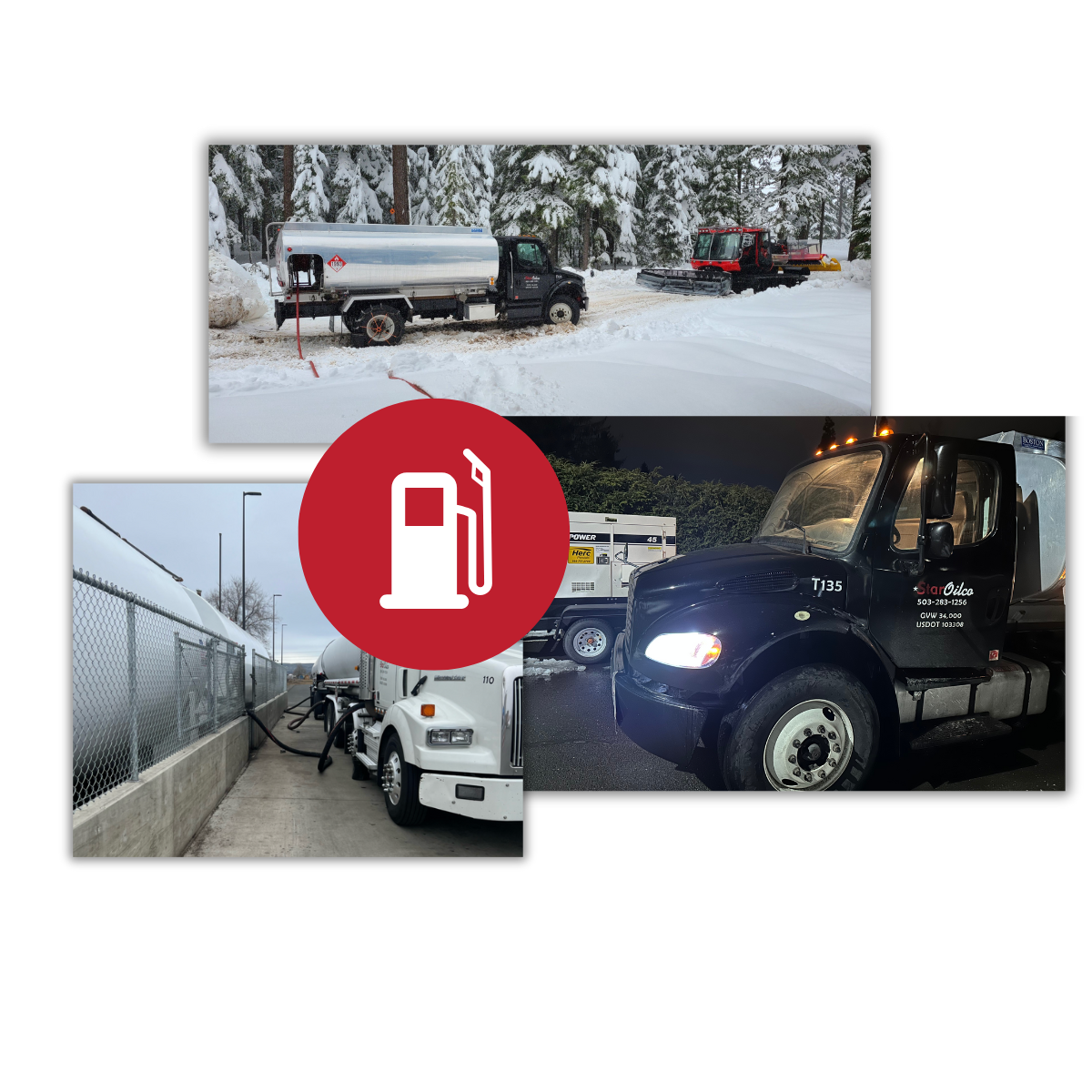Fuel Market Report: April 27th – May 3rd, 2025
Fuel Market Report: April 27th – May 3rd, 2025 https://staroilco.net/wp-content/uploads/2023/12/trailer-trucks-driving-road-surrounded-by-beautiful-green-trees-1024x683.jpg 1024 683 Star Oilco //staroilco.net/wp-content/uploads/2022/10/StarOilco-Logo-RGB-C-Lg-Simple.pngWholesale Price Average 5/3/25 Wholesale LowWholesale Avg E10$2.37$2.49 B5$2.42$2.50 B20$2.42$2.53…
read more


